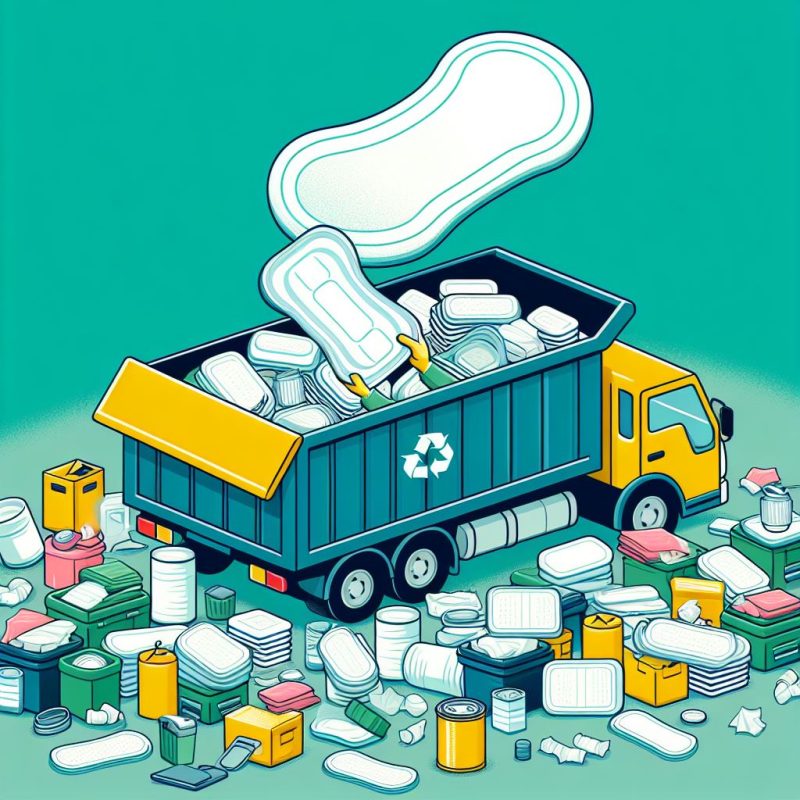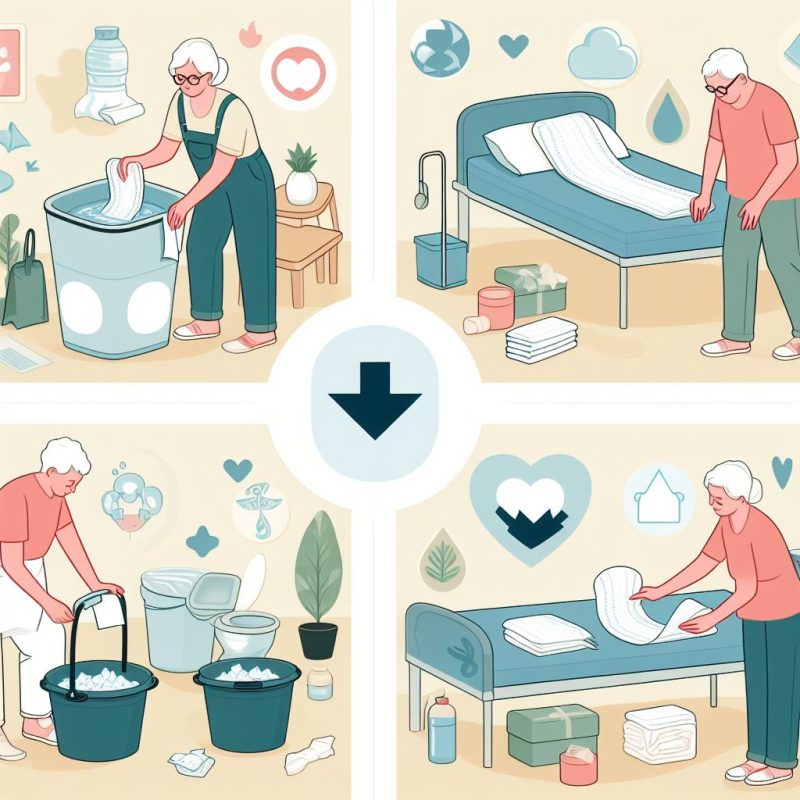Incontinence
How to properly dispose Incontinence Bed Pad
Why Proper Disposal of Incontinence Bed Pads is Important

Proper disposal of incontinence bed pads is crucial for both hygiene and environmental reasons. Incontinence bed pads are designed to absorb and contain bodily fluids, providing comfort and protection for individuals suffering from incontinence. However, when these pads are not disposed of properly, they can pose serious health risks and harm the environment.
One of the primary reasons for proper disposal is hygiene. Incontinence bed pads come into contact with bodily fluids, which can contain bacteria and pathogens. If not disposed of correctly, these pads can become a breeding ground for harmful microorganisms, leading to the spread of infections and diseases. By disposing of them properly, we can minimize the risk of contamination and maintain a clean and healthy environment.
Additionally, proper disposal is essential for environmental reasons. Incontinence bed pads are typically made of materials that are not biodegradable and can take hundreds of years to break down in landfills. Improper disposal can lead to these pads ending up in water bodies or being incinerated, contributing to pollution and environmental degradation. By adopting eco-friendly disposal methods, we can reduce our carbon footprint and contribute to a healthier planet.
Understanding Incontinence Bed Pads
Incontinence bed pads, also known as disposable underpads, are absorbent products designed to protect bedding and furniture from leaks and spills caused by incontinence. They are available in various sizes, shapes, and absorbency levels to cater to the diverse needs of individuals with incontinence.
The primary purpose of incontinence bed pads is to provide a barrier between the user and the surface they are lying or sitting on. These pads are made of multiple layers, with the top layer being soft and non-irritating to the skin. The middle layer is absorbent, capable of quickly absorbing and locking in large volumes of liquid to keep the user dry and comfortable. The bottom layer is waterproof, preventing any leakage onto the underlying surface.
There are different types of incontinence bed pads available in the market, each catering to specific needs and preferences. Some pads are designed for single-use and are disposed of after each use. These pads are convenient for individuals who require frequent changes and do not want the hassle of washing reusable pads. Other pads are washable and reusable, making them a cost-effective and environmentally friendly option for long-term use.
In addition to standard bed pads, there are also specialized variants available. For example, there are bed pads with adhesive backing to secure them in place, preventing shifting during use. There are also bed pads with odor control features, which help to neutralize and minimize unpleasant odors associated with incontinence.
Step-by-Step Guide to Properly Dispose Incontinence Bed Pads

Proper disposal of incontinence bed pads involves a step-by-step process to ensure both safety and hygiene. Follow these instructions to dispose of used bed pads correctly:
- Put on a pair of disposable gloves before handling the used bed pad. This is important to protect yourself from potential exposure to bacteria and pathogens.
- Carefully remove the used bed pad from the surface, making sure not to spill any fluids. Fold or roll the pad inward to contain any remaining liquid.
- If the bed pad has adhesive backing, fold the pad in a way that the adhesive side is on the inside, preventing any contact with the external environment.
- Place the used bed pad in a plastic bag or a sealable disposal bag. Make sure to seal the bag tightly to prevent any leakage or odor.
- Dispose of the sealed bag in a designated trash bin or waste container. If there are specific guidelines or regulations for disposing of incontinence products in your area, make sure to follow them.
- After disposing of the used bed pad, remove and discard the gloves properly. Wash your hands thoroughly with soap and water to maintain hygiene.
It is important to note that flushing incontinence bed pads down the toilet is not recommended. These pads are not designed to break down in water and can cause plumbing issues and blockages. Always dispose of them in the trash or follow any specific guidelines provided by your local waste management authorities.
Eco-Friendly Disposal Options for Incontinence Bed Pads
While traditional disposal methods involve throwing incontinence bed pads into the regular trash, there are eco-friendly alternatives available that promote sustainability and reduce environmental impact.
- Recycling Programs: Some regions have recycling programs specifically designed for incontinence products. These programs collect used bed pads and other incontinence products, separate the recyclable components, and process them into new materials. Check with your local waste management authorities or healthcare facilities to see if such programs are available in your area.
- Biodegradable Options: Look for incontinence bed pads that are made from biodegradable materials. These pads are designed to break down naturally over time, reducing the environmental impact. Biodegradable bed pads are typically made from plant-based materials or materials that can be easily decomposed by microorganisms.
- Composting: If you have access to a composting facility or compost pile, you can consider composting used incontinence bed pads. However, it is important to ensure that the bed pads are made from compostable materials and do not contain any harmful chemicals or substances. Consult with composting experts or refer to composting guidelines to ensure safe and effective composting.




